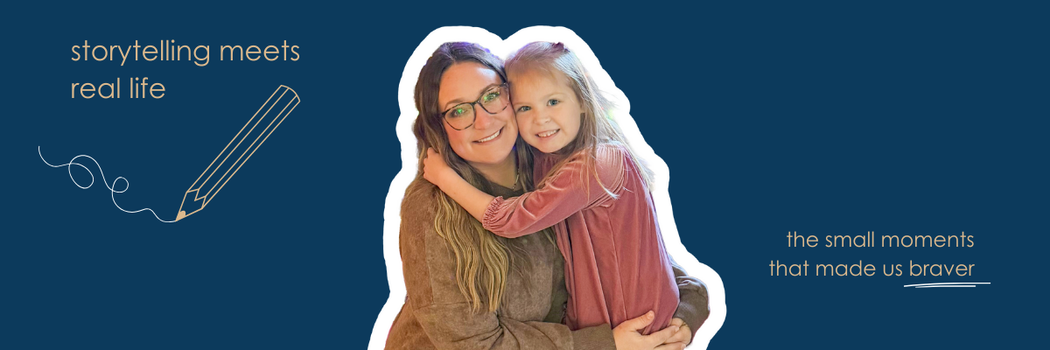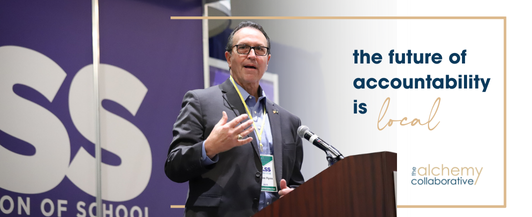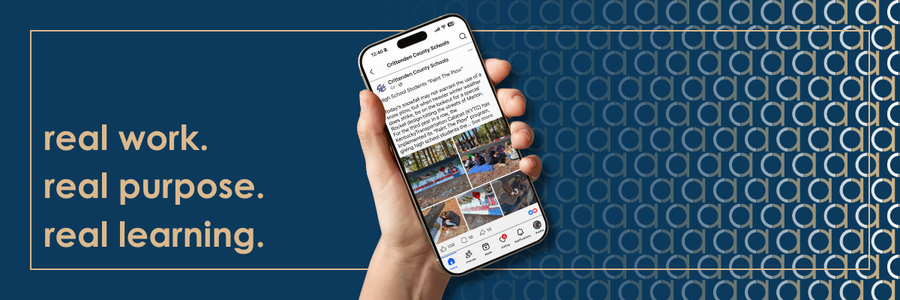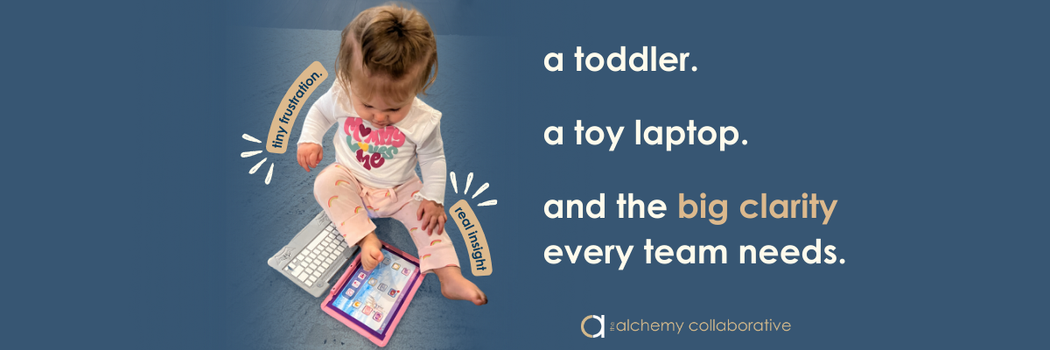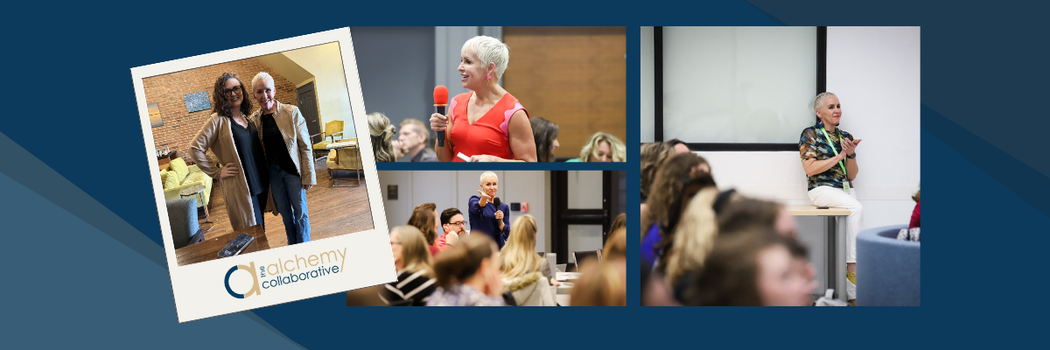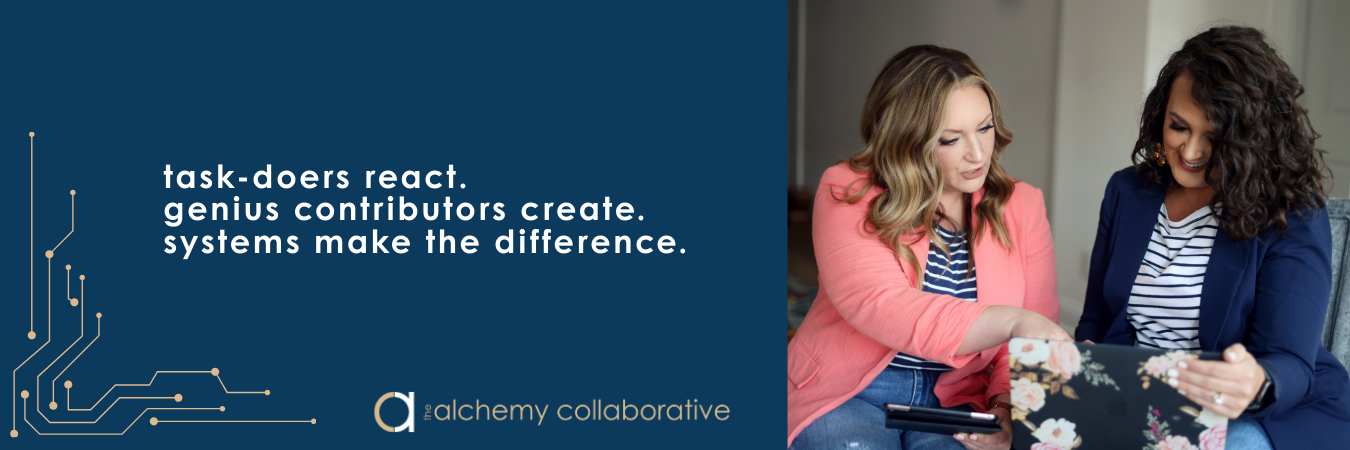Why communication strategy matters more than ever in the era of local accountability and vibrant learning.
Walk into any school and you’ll find a quiet hum of activity that never makes the newsletter:
A teacher comforting a child after a tough morning.
A principal jumping in for lunch duty.
A parent dropping off cupcakes for the class next door.
A student unlocking something new in themselves during a vibrant-learning experience.
These are the everyday moments that shape a school’s identity.
But without a system to capture, connect, and communicate them, they disappear.
this is where marketing comes in.
Not as a sales pitch.
Not as self-promotion.
But as a stewardship tool: one that aligns your values, your people, and your promise to the community.
let’s clear something up:
School leaders are starting to talk more about:
- Vibrant learning
- Community trust
- Local accountability
But when communication systems don’t keep pace with that vision, the result is fragmentation.
Your schools are doing the work but your people can’t see the story.
And when stories go untold, momentum fades.
you’ve seen this play out before:
- A new program launches, but families don’t understand what it is (or why it matters).
- A school earns a big achievement, but it never reaches the local paper or city council.
- A rebrand rolls out, but staff keep using outdated logos, mottos, or messaging.
- A board asks, “What are we doing about communication?” and no one has a clear answer.
sound familiar?
None of this is a failure of effort. It’s a gap in strategy.
A gap that thoughtful marketing can fill if we redefine what it means in the context of public education.
so what is school marketing?
Let’s ditch the corporate buzzwords and say it plain:
Marketing in schools is the system that ensures your message doesn’t get lost.
It’s how you:
- Show what learning really looks like
- Build clarity across your schools and staff
- Translate vision into community trust
- Make your Measures of Quality visible to families, not just policymakers
It’s not fluff. It’s infrastructure.
local accountability needs local messaging.
If your district is embracing a new framework for accountability: one based on growth, relationships, and readiness, not just state test scores, then your community needs to be brought into that journey.
They need:
- Clear language
- Real stories
- Visible evidence
- Trustworthy systems
You can’t wait for the press to pick it up.
You have to build the narrative from the inside out.
And that means marketing.
what district marketing should include:
- Defined Goals: What are we trying to communicate and to whom?
- Audience Mapping: What does each group (families, staff, board, community) need to hear and believe?
- On-Brand Assets: Do all schools have the visuals and templates to show up with confidence?
- Multi-Channel Systems: Are we relying on one flyer or layering social, email, print, and personal touchpoints?
- Feedback Loops: Are we tracking what’s working? Do we know what our community is actually hearing?
- Consistency: Can every principal tell your district’s story the same way?
why this matters now
As districts shift toward locally designed, community-centered frameworks, communication must mature alongside.
You’re not just publishing test scores.
You’re building a portrait of your district’s soul.
And that deserves more than scattered posts and siloed announcements.
It deserves a communication strategy that honors the complexity, and beauty, of your work.
at alchemy collab, we believe:
- Local accountability needs local messaging.
- Vibrant learning deserves visible celebration.
- Trust is built through clarity, not volume.
- And your community is more likely to believe in your vision when they can see it.
want this for your school or district?
If you’re ready to move from reactive storytelling to intentional communication systems, we’d love to help.
Let’s design a strategy that reflects what’s already true about your schools and makes it impossible to ignore.
Schedule your Foundation Call
or explore our district support services.

